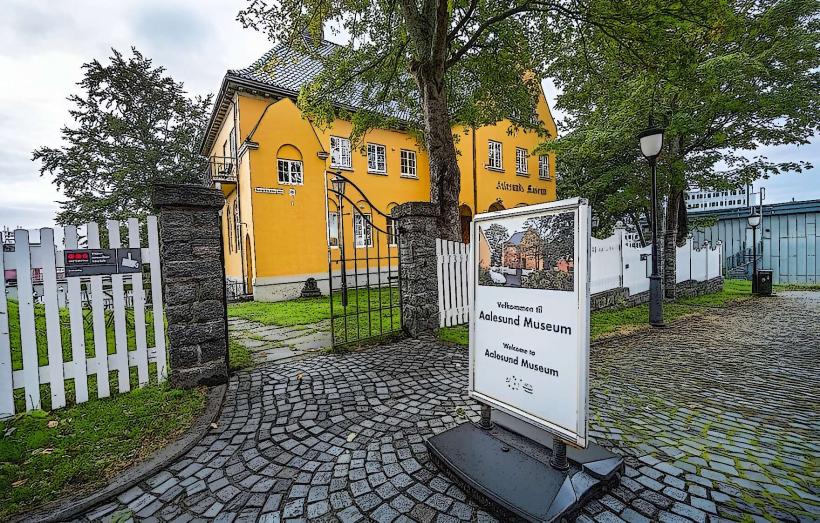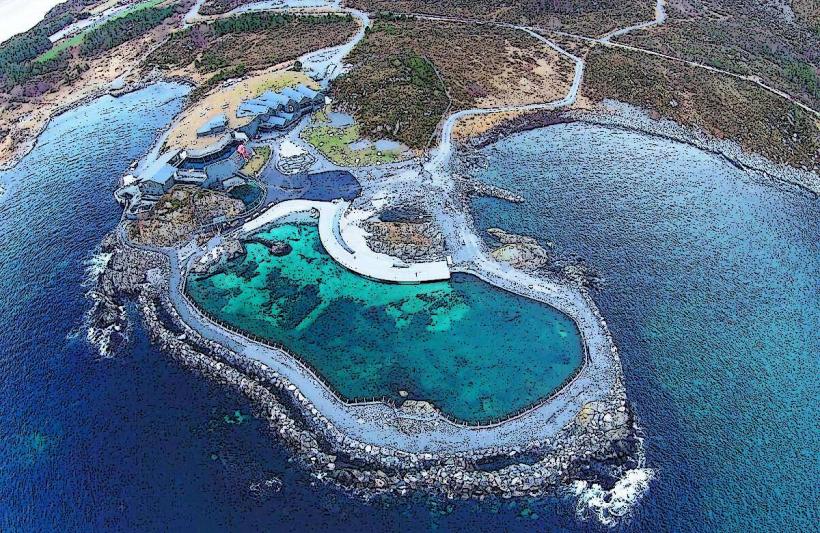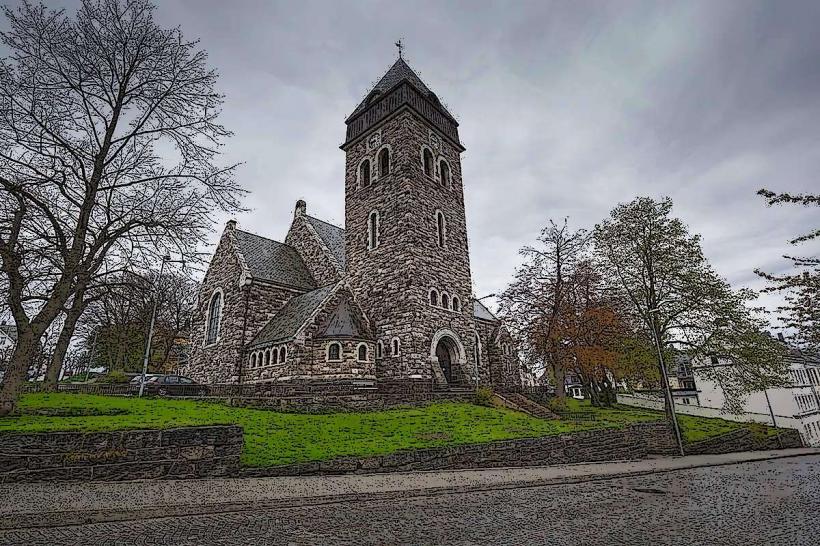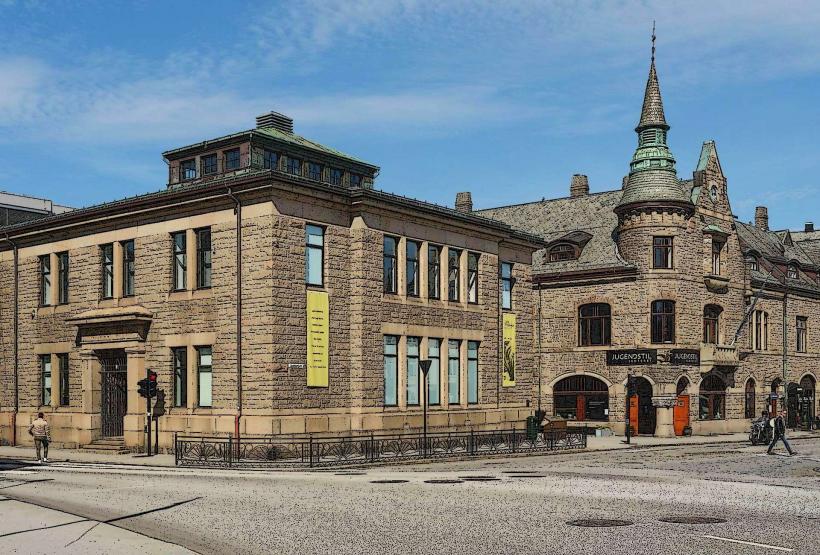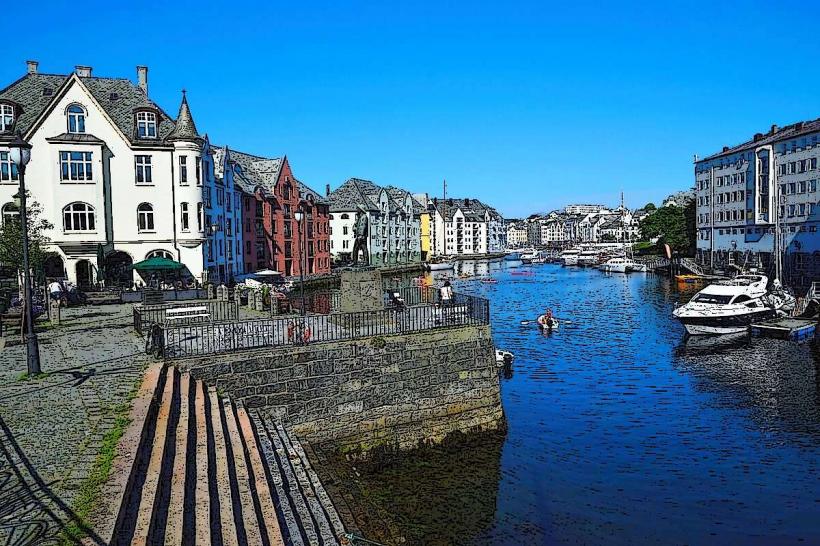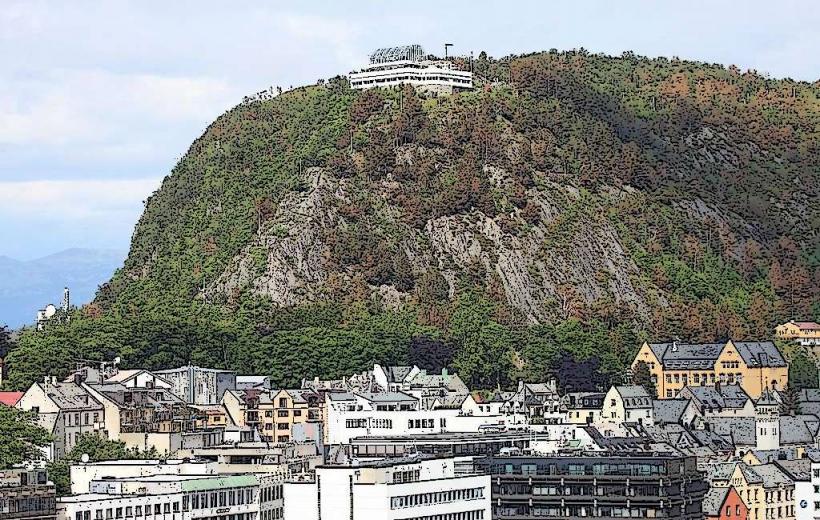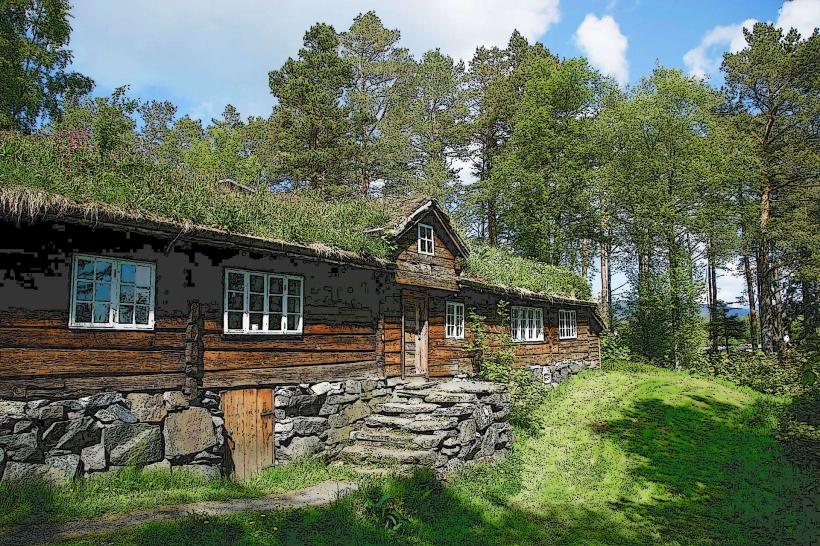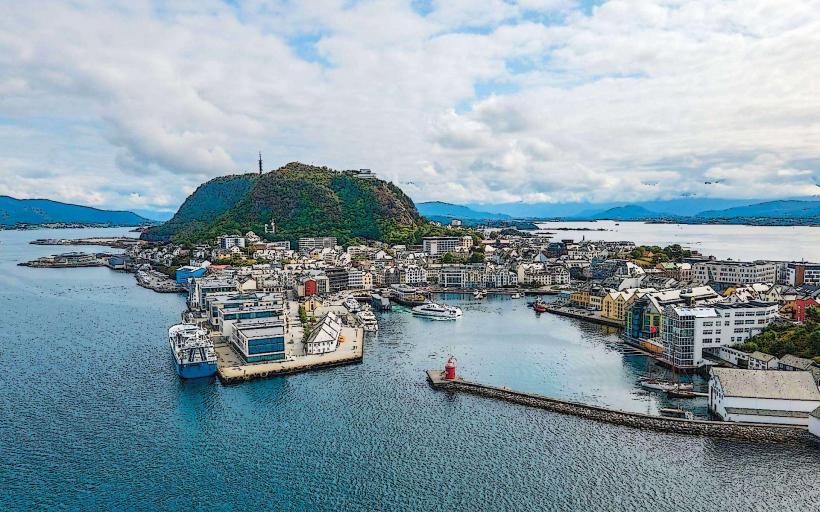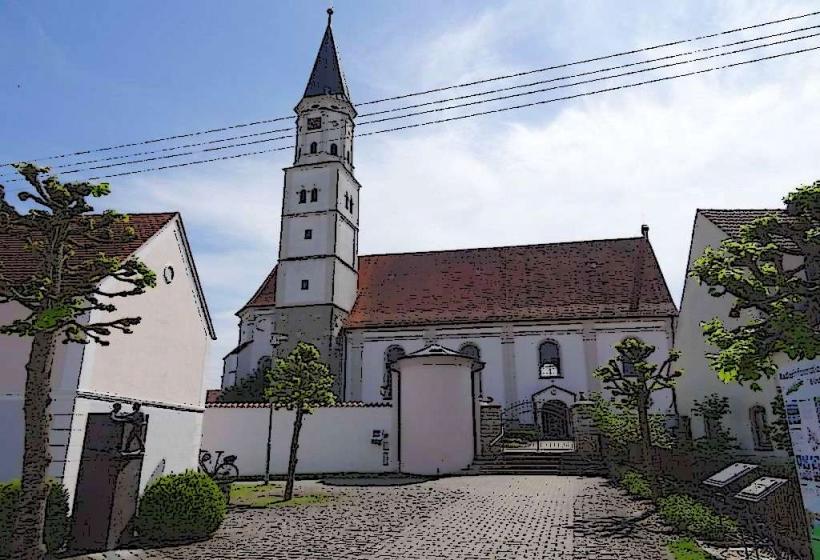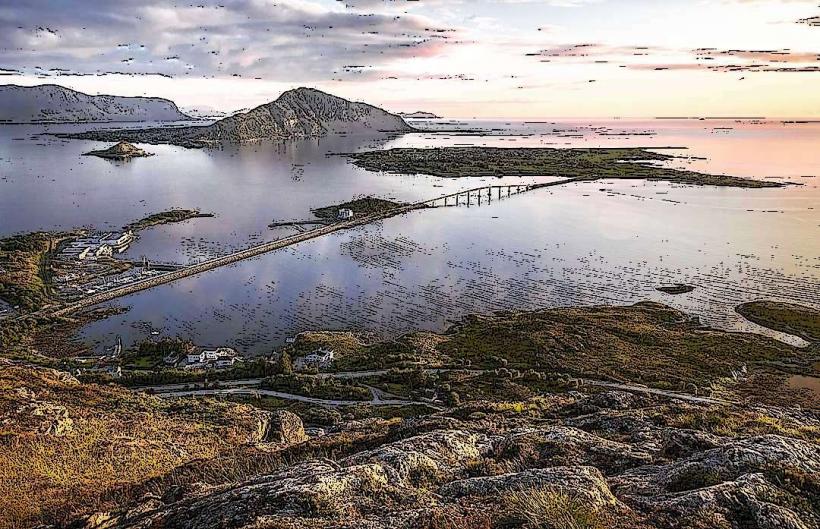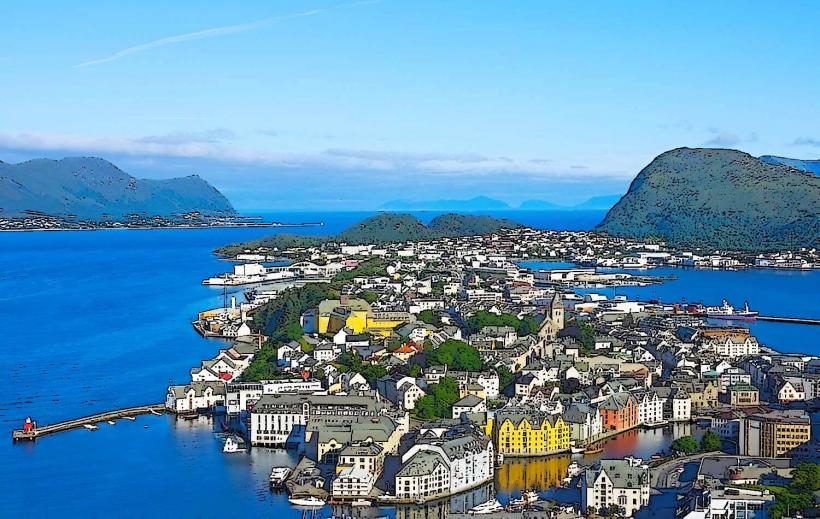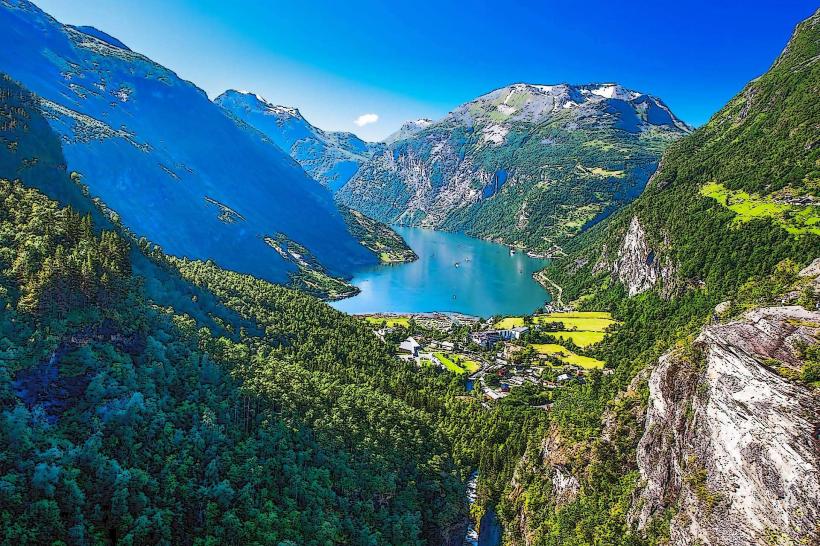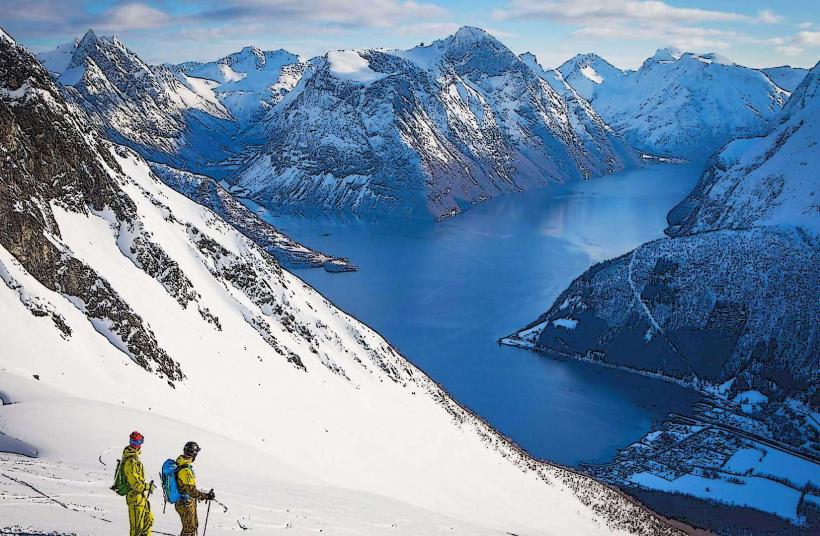Information
Landmark: Norwegian Clipfish MuseumCity: Alesund
Country: Norway
Continent: Europe
The Norwegian Clipfish Museum (Norsk Klippfiskmuseum) is located in Ålesund, Norway, and is dedicated to the historical and cultural significance of clipfish (dried and salted cod), which has played a pivotal role in the region's maritime history. This museum provides visitors with an in-depth look at the history of fishing, the production of clipfish, and its importance to the local economy and global trade, particularly with countries like Portugal and Spain.
Overview
- Location: The museum is situated in the heart of Ålesund's harbor area, in a historic warehouse that was once part of the city’s thriving fish trade.
- Opening: The museum was opened in 2003 to preserve the legacy of the clipfish industry and educate visitors about the cultural importance of cod fishing in Norway.
Historical Context
- Clipfish Industry: The process of preparing clipfish involves salting and drying cod, a method that dates back over a thousand years. This preservation technique allowed cod to be stored and transported over long distances, making it a crucial commodity in the Norwegian fishing trade, especially in the 16th century.
- Global Trade: Ålesund, located on Norway’s west coast, became a central hub for the clipfish industry. Cod from the rich waters off Norway’s coast was processed, dried, and shipped to various markets, particularly in Portugal and Spain, where it became a staple in local diets.
- Impact on Ålesund: The clipfish trade significantly shaped the development of Ålesund as a port city and influenced its economy, culture, and connections to other European countries.
Museum Exhibits and Highlights
The History of Clipfish:
- The museum explores the origins of clipfish, dating back to the Viking era and continuing through the 20th century.
- Displays include historical photos, tools, and documents related to the cod fishing and clipfish production process.
- Visitors can learn about the traditional methods of salting and drying cod, and how these techniques evolved over time.
Interactive Displays:
- The museum features interactive exhibits that show the step-by-step process of making clipfish, from catching the cod to salting, drying, and packaging.
- Visitors can also learn about the export markets, especially the deep ties between Norway and Portugal, where cod has long been a key part of the culinary tradition.
Cultural Significance:
- The museum delves into how clipfish was integral to Norwegian fishing communities, shaping both local culture and the economy.
- The relationship between the Norwegian fishing industry and Portuguese cuisine is explored, highlighting how clipfish became a central ingredient in dishes like bacalhau (salted cod).
Fishing Equipment and Artifacts:
- The museum displays various tools used in the clipfish production process, such as wooden drying racks, hooks, and traditional fishing gear.
- Maritime artifacts related to the fishing industry are also showcased, including models of fishing boats and navigation instruments used by fishermen.
Clipfish in the Kitchen:
- The museum emphasizes the role of clipfish in the cuisine of both Norway and the Mediterranean, with a focus on its importance in Portuguese and Spanish dishes.
- Visitors can learn about traditional recipes and how clipfish has been integrated into everyday meals for centuries.
Museum Building
- Historic Warehouse: The museum is housed in a converted fish warehouse that once served as a center for processing and exporting clipfish. The building’s rustic charm and connection to the history of Ålesund’s fishing industry add to the museum’s atmosphere.
- Location by the Harbor: Its proximity to the harbor enhances the museum's connection to the fishing and maritime history of the area.
Visitor Information
- Opening Hours: The museum is typically open year-round, though hours may vary depending on the season. It's recommended to check the museum's website for updated schedules.
- Admission Fees: The museum charges an entrance fee, with discounts for students, children, and seniors. Group discounts are also available.
- Facilities:
- Gift Shop: The museum has a shop selling local products, including clipfish-related items and other Norwegian specialties.
- Guided Tours: The museum offers guided tours in Norwegian and English, providing deeper insights into the exhibits and the cultural history of clipfish.
Why Visit the Norwegian Clipfish Museum?
- Cultural and Historical Insight: Learn about the importance of clipfish to Norway’s economy, especially in coastal regions like Ålesund.
- Unique Maritime Museum: The museum offers a rare look at an important aspect of Norwegian history that is not often covered in more general museums.
- Educational for All Ages: Interactive displays and a hands-on experience make it engaging for both adults and children.
- Connection to Global Trade: Discover the historical relationship between Norway and countries like Portugal, and how the clipfish industry shaped international trade.
- Ties to Norwegian Cuisine: Get a glimpse into how the clipfish industry has influenced traditional Norwegian and Mediterranean cooking.
The Norwegian Clipfish Museum is an excellent place to explore the deep cultural and economic impact of cod fishing on Norway. It offers visitors a unique opportunity to understand a significant part of the country’s maritime history and the global reach of its fishing industry.

